I'm working with phototransistors, using them to capture audio rate fluctuations in light levels. I'd like to move from my current setup which uses a 9V battery for nice clean power to one that uses phantom power.
My working 9V circuit looks like this:
It works OK - pretty clean, good signal. My model for a phantom powered version would be something like this:
Does this seem like a workable direction?
It appears to have a higher noise floor than the battery version. I've been using a 220pf cap for C2, but I'm not convinced that's a good value. I'm trying to figure out if I can get away with this simple a network, or whether additional components are needed.


